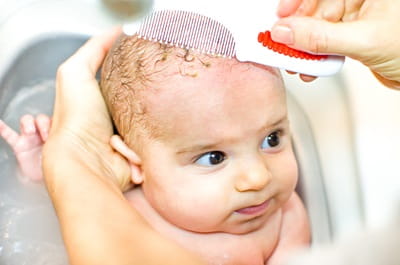A sneeze, a cough and a swipe of the nose are some telltale signs that your kid may be getting a cold. For that matter, everyone else in your house, in her classroom and anyone she comes into contact with at soccer practice will likely get a cold too. Why, because she’s contagious? What does this mean for you, for her, for your family, your home and her fellow students and strikers?
What Does Contagious Mean?
There are a variety of colds and viruses, and many of them are considered contagious. A few of the big ones include the common cold, RSV, chicken pox and strep throat. If you’re unsure of your child’s condition, talk to your pediatrician to get your child the best medical care and treatment.
So when is the coast clear? A good rule of thumb is 24 hours without a fever and less severe symptoms, especially after a full day of recovery. A cough is more likely to continue even after the child is feeling better. Studies show that 20 percent of children will continue to cough for up to 14 days after the start of a cold. Be on the lookout for a few things during the recovery phase. If your child experiences trouble breathing, seek medical attention. In addition, if you notice that your child has gotten better and then starts getting worse, call your pediatrician. This may be a sign of ear infection or other virus.
Side Effects and Treatment
One of the dismal side effects of a cold is when it starts to spread through the house. Any parent with more than one child knows that if one child gets sick, it’s only a matter of time before dad, sister and mom get it.
Make sure that siblings don’t share cups or food utensils when one of them is sick. If possible, try and keep siblings separated to avoid the spread of the cold. Here are a few additional tips to help your child and your house recover from a cold:
- Replace your toothbrush or your child’s toothbrush after 48 hours of taking antibiotics.
- Remind everyone in the house to wash their hands, especially after blowing their nose or coughing.
- Use disinfectant wipes on door handles, knobs and countertops.
- Wash your child’s sheets, blankets and pillow cases to remove any residual germs.
Wash, Rinse and Repeat
The best tool your child has to prevent getting or spreading a cold are those 10 little digits. Washing your hands and teaching them to wash their hands is the best way to keep germs from spreading. Learn more about the basics of handwashing.




